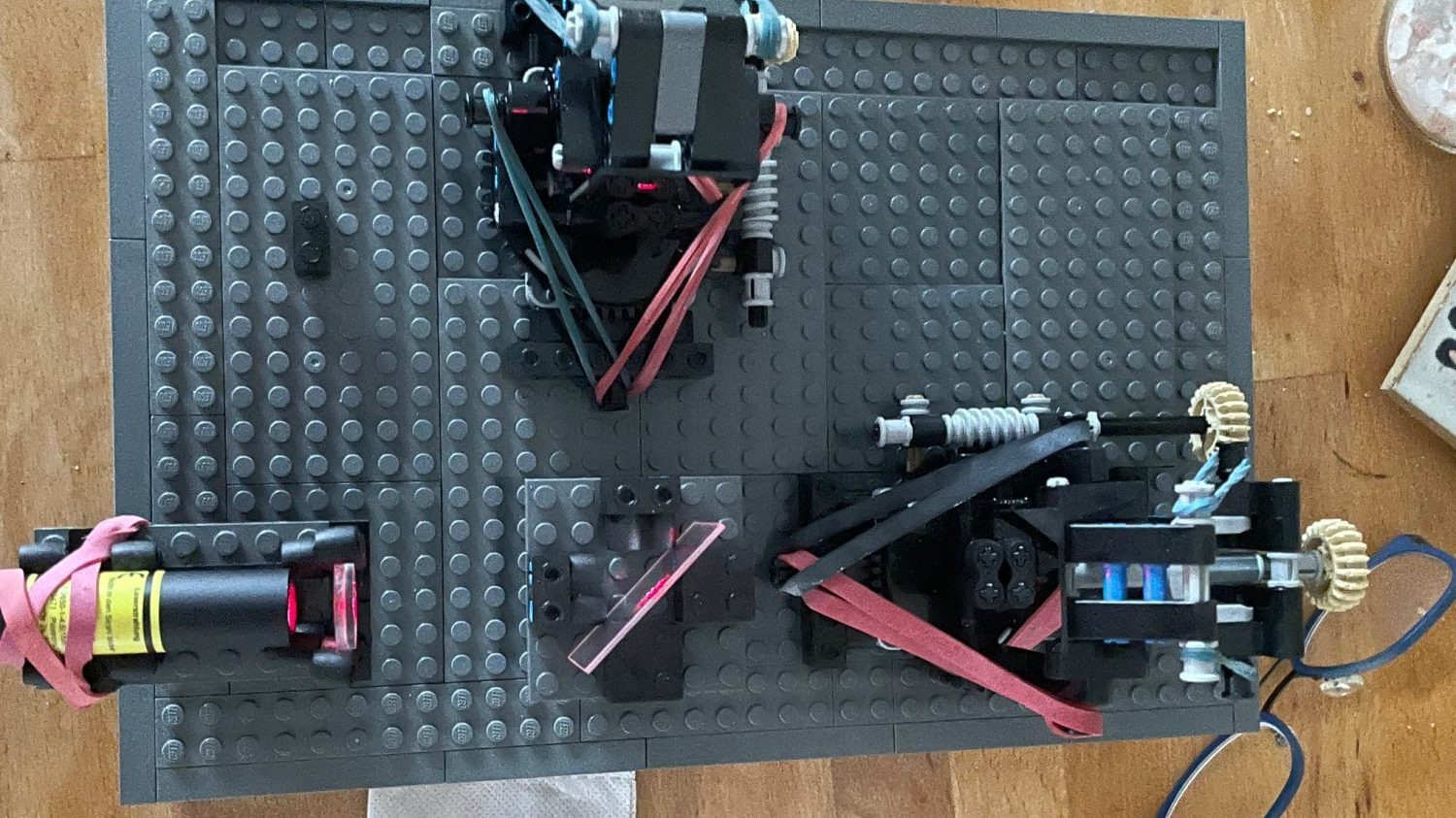Building an Interferometer with LEGO.
LEGO! It’s a fun toy that is popular around the world. What you may not realize is that it’s also made to incredibly high standards. As it turns out, the humble building blocks are good enough to build a interferometer if you’re so inclined to want one. Kyra Cole shows us how it’s done.


![Not only was the LEGO interferometer able to generate a proper interference pattern, [Kyra] then went one step further. A Raspberry Pi was rigged up with a camera and some code to analyze the interference patterns automatically.
[Kyra] notes that using genuine bricks was key to her success. Their high level of dimensional accuracy made it much easier to achieve her end goal. Sloppily-built knock-off bricks may have made the build much more frustrating to complete. Not only was the LEGO interferometer able to generate a proper interference pattern, [Kyra] then went one step further. A Raspberry Pi was rigged up with a camera and some code to analyze the interference patterns automatically.
[Kyra] notes that using genuine bricks was key to her success. Their high level of dimensional accuracy made it much easier to achieve her end goal. Sloppily-built knock-off bricks may have made the build much more frustrating to complete.](https://media.mathstodon.xyz/cache/media_attachments/files/114/291/082/397/305/691/small/6012f8f8ea9ad18e.jpeg)
![[ImageSource: Kyra Cole]
The build in question is a Michelson interferometer; [Kyra] was inspired to build it based on earlier work by the myphotonics project.
<https://www.ufp.uni-osnabrueck.de/en/education/myphotonics.html>
She was able to assemble holders for mirrors and a laser, as well as a mount for a beamsplitter and then put it all together on a LEGO baseboard. While some non-LEGO rubber bands were used in some areas, ultimately, adjustment was performed with LEGO Technic gears. [ImageSource: Kyra Cole]
The build in question is a Michelson interferometer; [Kyra] was inspired to build it based on earlier work by the myphotonics project.
<https://www.ufp.uni-osnabrueck.de/en/education/myphotonics.html>
She was able to assemble holders for mirrors and a laser, as well as a mount for a beamsplitter and then put it all together on a LEGO baseboard. While some non-LEGO rubber bands were used in some areas, ultimately, adjustment was performed with LEGO Technic gears.](https://media.mathstodon.xyz/cache/media_attachments/files/114/291/082/428/357/554/small/04cddfff15ab0a27.jpeg)


